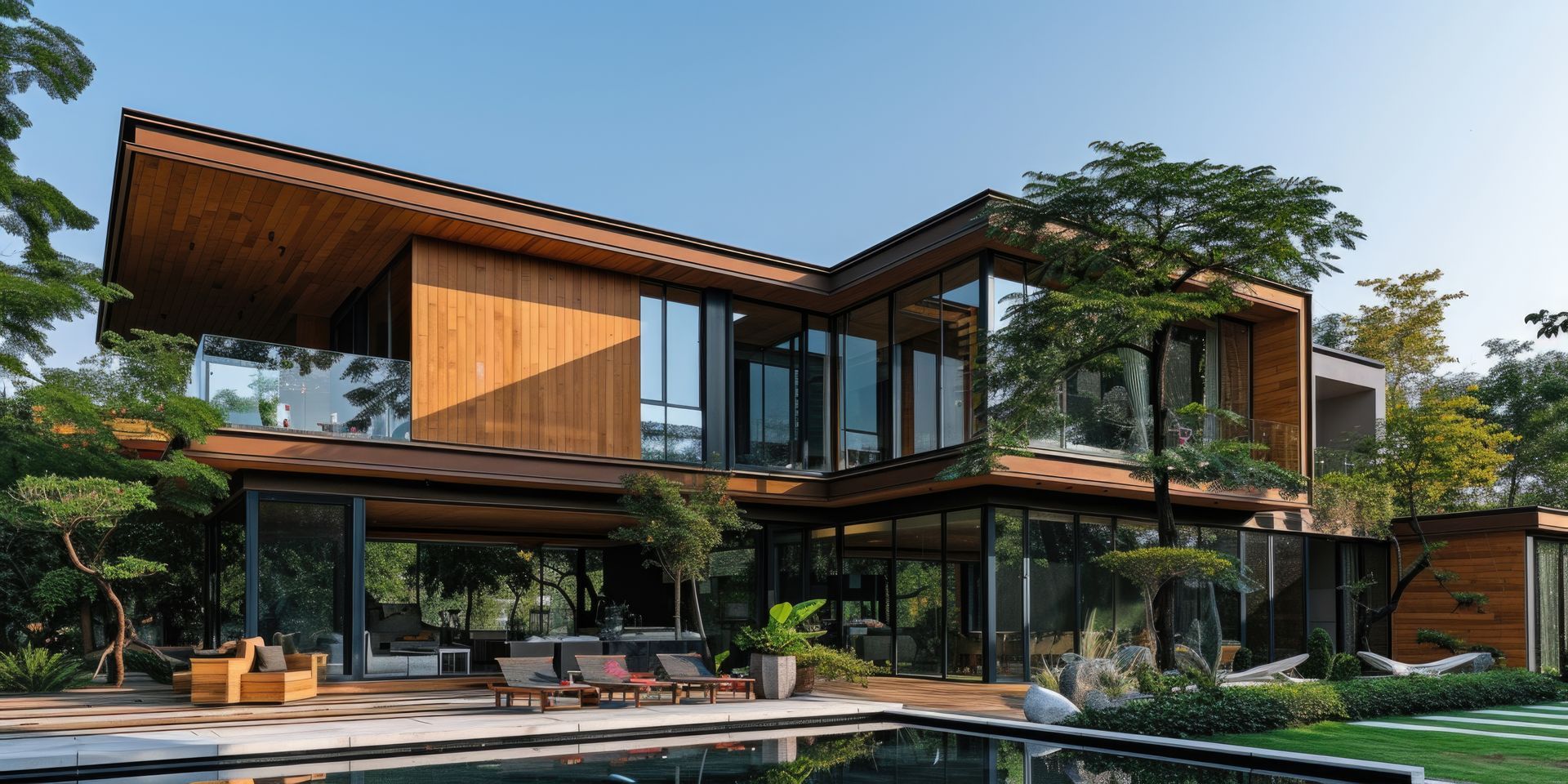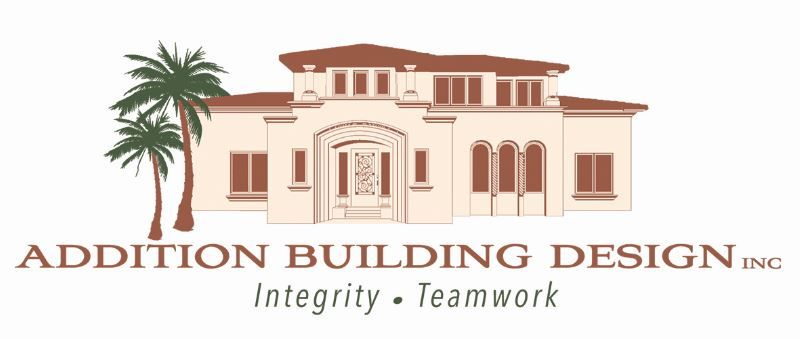Embracing Timeless Elegance: Timber Structure in Home Architecture Design

In the realm of home architecture, the choice of building materials is crucial not only for structural integrity but also for aesthetic appeal and sustainability. Among the array of options available, timber stands out as a timeless favorite, offering a blend of natural beauty, versatility, and environmental friendliness. In this blog, we delve into the world of timber structure in home architecture design, exploring its benefits and why it continues to be a preferred choice for discerning homeowners and architects alike.
The Timeless Appeal of Timber:
Timber, with its warm hues and natural grains, has an inherent charm that transcends trends and fads. Its timeless appeal lends a sense of warmth and authenticity to any architectural design, whether contemporary or traditional. Unlike synthetic materials, timber exudes a sense of connection to nature, creating spaces that feel inviting and harmonious.
Structural Integrity and Durability:
One of the key benefits of timber structure lies in its exceptional strength-to-weight ratio, making it ideal for supporting various architectural designs, from expansive open-plan layouts to intricate detailing. Timber's innate strength enables architects to create spacious interiors with fewer load-bearing walls, thus maximizing usable space and promoting an open, airy atmosphere within the home. Furthermore, when properly maintained, timber structures can endure for generations, standing the test of time with grace and resilience.
Environmental Sustainability:
In an era where environmental consciousness is paramount, timber emerges as a sustainable building material with minimal ecological footprint. Unlike non-renewable resources such as concrete and steel, timber is renewable and carbon-neutral, as it continues to store carbon throughout its lifespan. Additionally, responsible forestry practices ensure that timber harvesting is conducted in a manner that preserves biodiversity and promotes forest regeneration, further enhancing its eco-friendly credentials.
Versatility in Design:
Timber's versatility knows no bounds, offering architects and homeowners endless possibilities for creative expression. Whether used as structural beams, cladding, flooring, or interior finishes, timber lends itself to a myriad of design styles, from rustic to contemporary. Its flexibility allows for customizations and modifications, enabling architects to tailor designs to meet the unique preferences and requirements of each client. Moreover, timber's natural insulating properties contribute to energy efficiency, reducing reliance on artificial heating and cooling systems and lowering utility costs in the long run.
Keywords: Versatility, Creative expression, Customization, Design flexibility, Energy efficiency
Conclusion:
In the realm of home architecture design, timber structure reigns supreme as a symbol of timeless elegance, structural integrity, and environmental responsibility. Its natural beauty, combined with its strength, sustainability, and versatility, makes it a preferred choice for homeowners seeking to create spaces that are both visually stunning and ecologically conscious. As architects continue to push the boundaries of design innovation, timber remains a steadfast ally, weaving its story of tradition and sustainability into the fabric of modern living.

